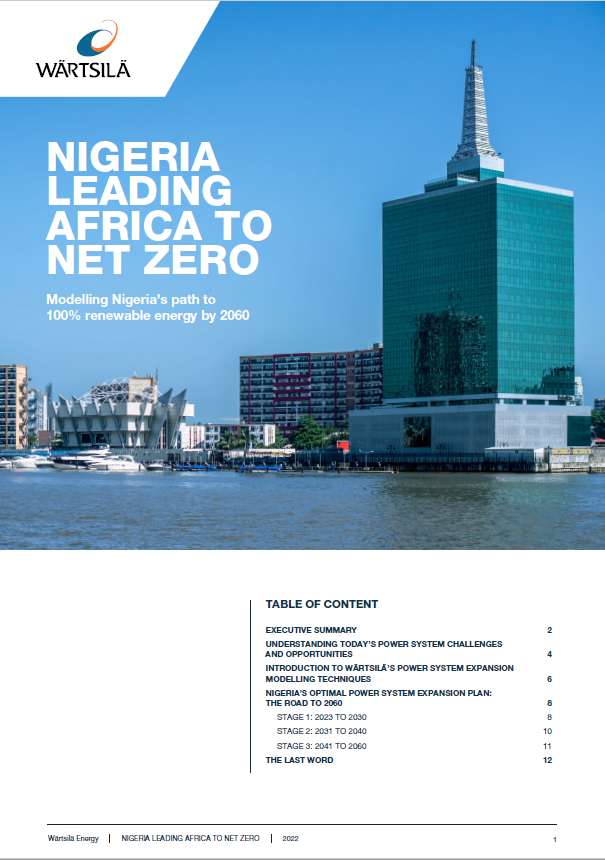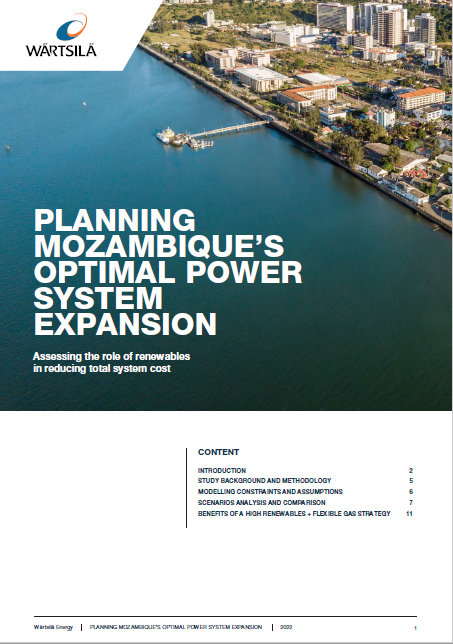
Power system modelling
What does an optimal power system look like? The answer varies for each country, city and customer. Read the white papers on power system optimisation for various countries below.
The energy landscape is in transition towards more flexible and sustainable energy systems. We envision a 100% renewable energy future.
Business white papers
/the-cost-optimal-capacity-mix-for-100-renewable-electricity-systems.png?sfvrsn=640e8744_0)
100% renewable electricity system
How would a cost-optimal 100% renewable electricity system look like in Central Europe versus West Africa?
/new-regulatory-frameworks-for-grid-flexibility.png?sfvrsn=d755b144_2)
New regulatory frameworks
What is the path to a 100% renewable energy future and the role of flexibility in making this a reality?
/download-business-white-paper-pathways-to-100-renewables.png?sfvrsn=133ac44_10)
Pathways to 100% renewables
What is the cost of a “carbon-free” system versus a “carbon-neutral system”? And what are these costs relative to?
Americas
/the-value-of-flexibility-in-power-systems-brazil.png?sfvrsn=d8878444_2)
Brazil
The value of flexibility in power systems with a high share of hydro generation: Case Brazil
This study looks for a way to optimally balance the power system, renewables and to further reduce carbon emissions in Brazil.
/path-to-100-renewables-for-california.png?sfvrsn=a7aaaf44_8)
California
Path to 100% Renewables for California
This white paper explores a new path that would enable California to meet its goal of 100% clean electricity by 2040 — five years ahead of schedule.
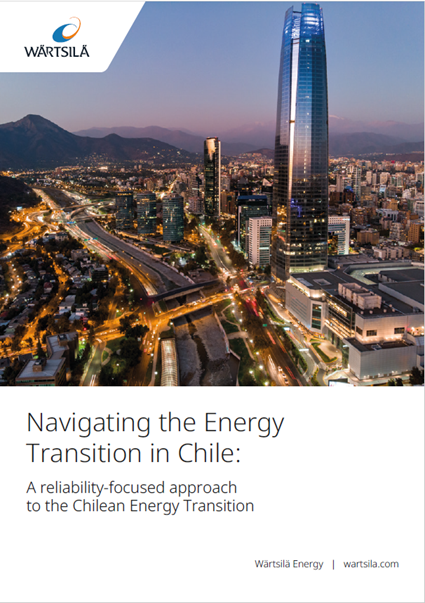
Chile
Navigating the Energy Transition in Chile
While emissions have decreased, the rapid growth of renewables has introduced new challenges.
/path-to-100-renewables-for-dominican-republic.png?sfvrsn=fe5cad44_2)
Dominican Republic
Path to 100% Renewables for Dominican Republic
What are the most cost-effective ways forward for the country’s power sector?
Europe

Europe
Europe's Energy Future
Accelerate renewables to tackle energy costs and increase energy independence. The modelling shows a clear positive impact on reducing Europe’s exposure to the gas market, its carbon emissions and the cost of electricity - leading to lower bills for consumers.
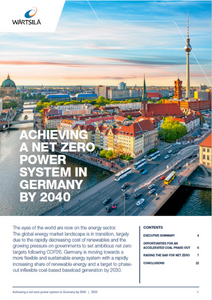
Germany
Achieving a net zero power system in Germany by 2040
Germany can achieve significant emission reductions and lower electricity bills by phasing out coal in 2030. But, the country must have a clear plan to ramp up renewables and pivot to sustainable fuels to achieve net zero.
/the-optimal-path-forward-for-ukraine's-power-system.png?sfvrsn=53da8744_4)
Ukraine
The optimal path forward for Ukraine’s power system
The recent rapid growth of wind and solar-generating capacity in Ukraine, supported by high feed-in tariffs (FITs), has put financial and technical pressure on the power system and sparked a debate about the country’s ability to sustain this trend.
/increasing-renewable-energy-penetration-on-a-mediterranean-island.png?sfvrsn=7b74bf44_2)
Mediterranean island
Increasing renewable energy penetration on a Mediterranean island
What are the best paths for an island to go green with an optimal system cost? Read more in the white paper.
Middle East & Asia

Southeast Asia
Shaping our future with a clear roadmap to net zero
By optimising its power systems, Southeast Asia can smoothly transition to net zero by mid-century and also cut their levelized cost of electricity by over 20%.
/download-business-white-paper---sri-lanka.png?sfvrsn=762da244_2)
Sri Lanka
The optimal path for greater use of renewable energy in Sri Lanka
By optimising the Sri Lankan power system, cumulative savings up to USD 5 billion could be made.
/download-business-white-paper---taiwan.png?sfvrsn=852ca244_2)
Taiwan
The optimal path for greater use of renewable energy in Taiwan
By optimising the power system in Taiwan, up to USD 12.5 billion savings could be made while reducing CO2 intensity by 17%.
/the-path-towards-a-future-of-high-renewable-energy-in-jiangsu-china1b70e64b7f0f601bb10cff00002d2314.png?sfvrsn=9b7f8644_2)
China
The path towards a future of high renewable energy in Jiangsu, China
How could the province of Jiangsu in China reduce CO2 emission intensity by 45% while achieving CNY 64 billion in accumulated savings? Read more in the white paper.
Africa
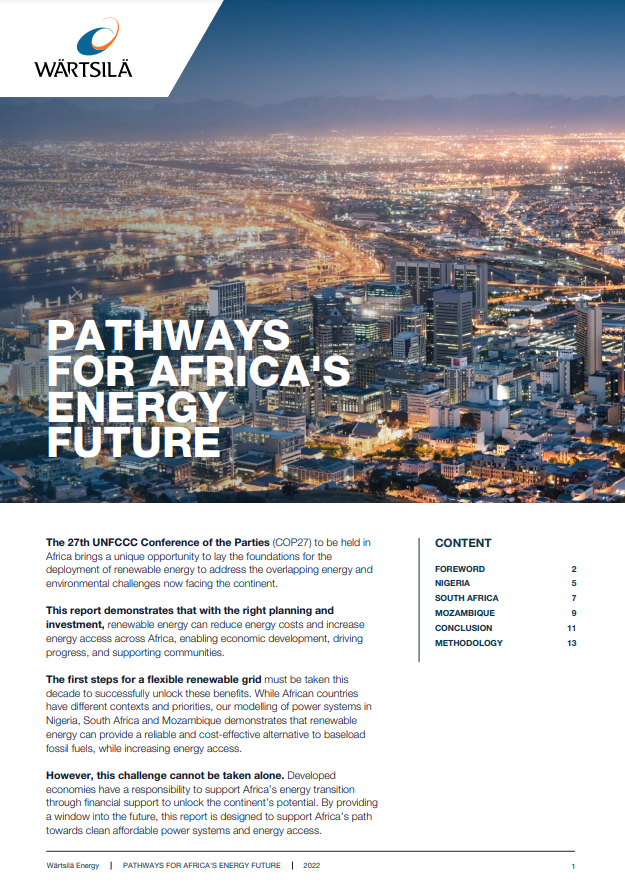
Africa
Africa has the potential to leapfrog to the newest energy technologies
Despite the diversity of the African countries, the ingredients of the energy transition are the same for every nation. Renewable energy, supported by flexible balancing capacity, is the most effective way to replace inflexible generation, reduce energy costs, increase energy access, and improve reliability.
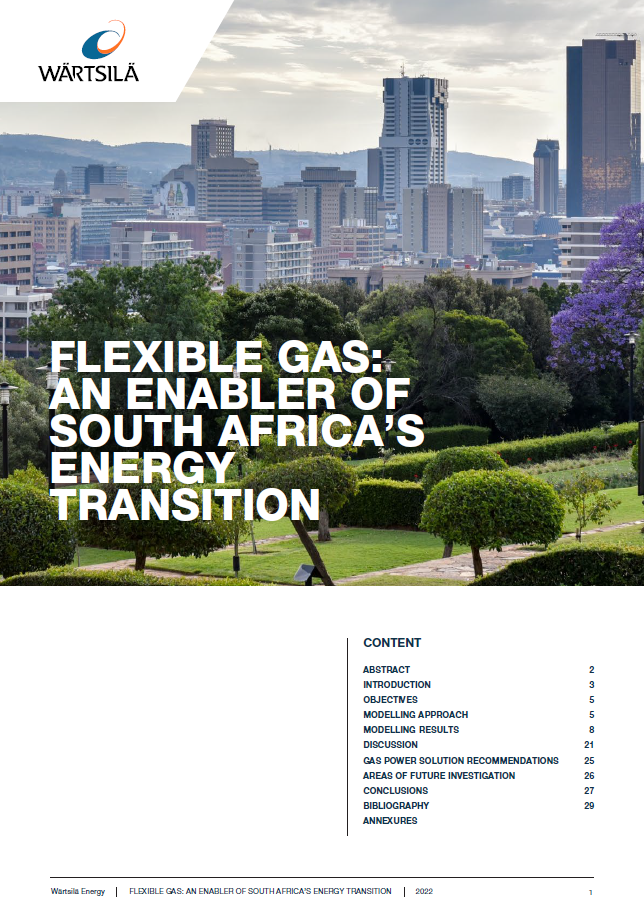
South Africa
Flexible gas: an enabler of South Africa's energy transition
This paper looks at both the adequacy of South Africa’s proposed energy crisis mitigation measures and the role that gas power plays in this context along with providing a view on how gas power can support South Africa’s energy transition to 100% renewables.
Nigeria
Nigeria leading Africa to net zero
Nigeria has set some of the most ambitious decarbonisation targets in Africa. The country seeks to take the lead in climate action and aims to achieve carbon neutrality by 2060 whilst also meeting the nation’s growing energy needs and offer universal access to electricity to its population. How can the country achieve this?
Mozambique
Planning Mozambique's optimal power system expansion
Mozambique has the largest power generation potential in the entire Southern African region thanks to its vast and largely untapped gas and renewable energy resources. Despite this huge generation potential only around 40% of its population had access to electricity in 2021. How can the country achieve electricity for all optimally?


